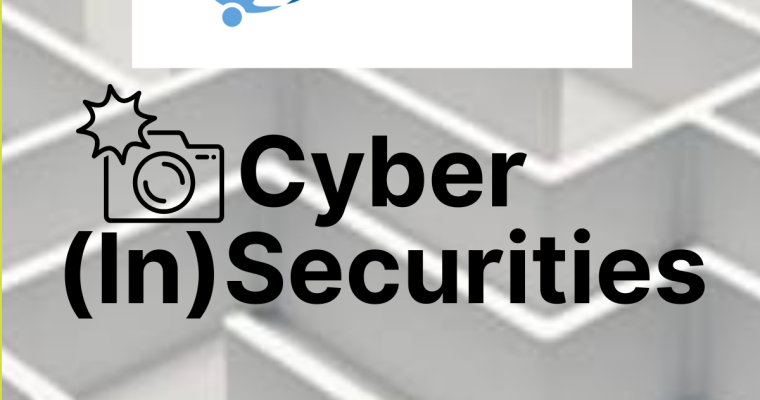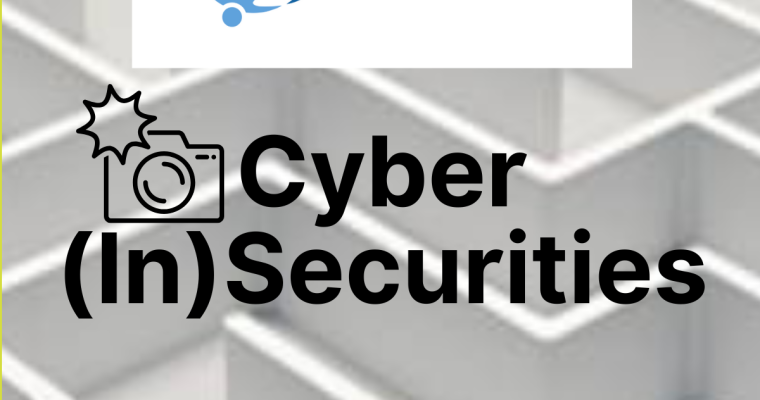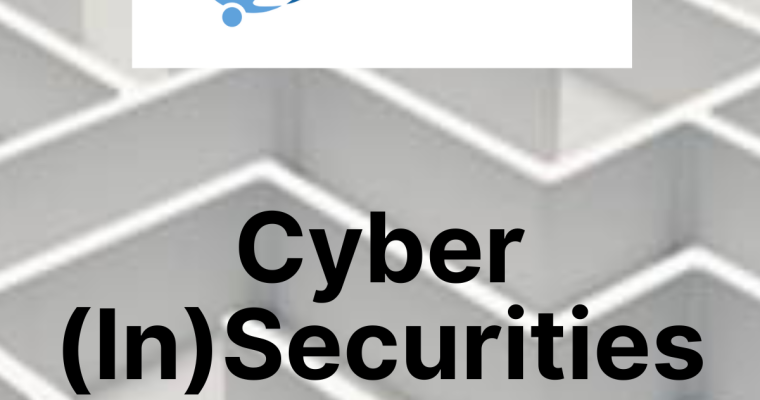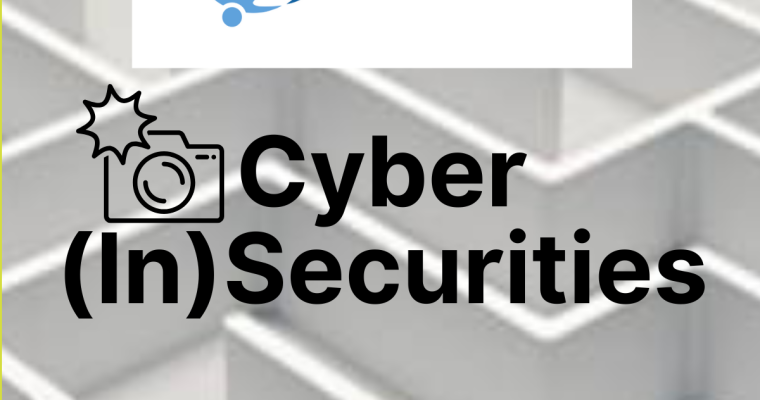Tag: Advisors
Hack the Planet? No. Just Hack the Tap: What exposed water systems tell us about the state of cybersecurity around the world
Final thought About the Author: Kim Chandler McDonald is the Co-Founder and CEO of 3 Steps Data, driving data/digital governance solutions. She is the Global VP of CyAN, an award-winning author, storyteller, and advocate for cybersecurity, digital sovereignty, compliance, governance, and end-user empowerment.
Board Member Spotlight: Adj. Prof. Dr. Greg Dzsinich, LLM, CIPP/E
One idea that continues to guide his leadership comes from his time at Microsoft. When he joined the company in 2008, he was struck by a powerful metaphor. If we sit in one boat, we must not only row well. We must also remain in …
“What happens to Heroes?” EPISODE #6: The Unsung Heroes of the digital world by Didier Annet
The Psychological Impacts of Cyberattacks What I will call the “Heroes” Let’s Rewrite the Story of a Cyberattack – Alternate History of a winning scenario Excerpt From the Interview Typical identification factor: “Right reflexes, right roles — from click to crisis” About the Author Didier …
CyAN Mentorship Wrap-Up – 2025-1
CyAN is nearing the end of its spring 2025 mentorship programme. We extend a sincere thank you to our members who have agreed to contribute to the development of new talent entering the information security sector: Saba Bahgeri (Australia), Mohammed Shakil Khan (UAE), Mathew Nicho …
Welcome New Member – Sapann Talwar from Australia
Please welcome our newest member from Australia, Sapann Talwar Sapann is a seasoned Cybersecurity and Risk management practitioner with 26+ years of industry experience. He specializes in safeguarding ‘Data’ against evolving cyber threats and has a strong track record in developing and executing security strategies …









